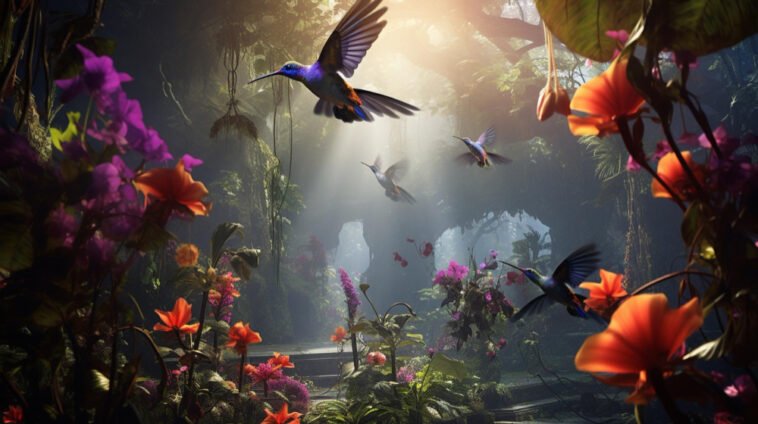Flowers, with their delicate petals and vibrant colors, have captivated human imagination for centuries. Yet, beneath their ephemeral beauty lies a history that stretches back millions of years, shrouded in mystery and intrigue. Recent scientific discoveries are shedding new light on the ancient origins of these botanical wonders, challenging long-held assumptions and revealing surprising insights into their evolutionary journey.

When we think of fossils, images of dinosaurs and prehistoric creatures often come to mind. However, flowers, despite their fragile nature, have also left their mark in the fossil record. Preserved in amber, crystallized, or carbonized, these floral remnants offer tantalizing glimpses into the distant past. One such discovery, the Florigerminis jurassica, dating back to the Jurassic period, hints at the early emergence of flowering plants. Yet, debate persists among scientists regarding the true identity of these ancient blooms and their classification as angiosperms.
The quest to unravel the mystery of flowers’ origins extends beyond the realm of fossils. Molecular analyses, utilizing DNA and protein sequences, suggest that flowering plants may have a far older lineage than previously thought. By employing the concept of the molecular clock, scientists can estimate when angiosperms diverged from their botanical relatives, shedding light on their adaptive evolution over time.
Physical characteristics also play a crucial role in piecing together the puzzle of floral evolution. By examining the anatomical features of fossilized plants and comparing them with their modern counterparts, researchers can discern patterns of change and adaptation throughout history. However, the process is not without its challenges, as convergent evolution can blur the lines between genetic similarity and environmental adaptation.
In addition to traditional approaches, mathematical models offer a unique perspective on the age-old question of flower origins. The Bayesian Brownian Bridge method, for instance, utilizes statistical analysis to estimate the age of angiosperms based on the distribution of fossils over time. Surprisingly, this approach suggests that flowers may have predated the Cretaceous period, coexisting with and outlasting the reign of dinosaurs.
The implications of these findings extend far beyond the realm of scientific curiosity. Understanding the origins of flowering plants provides invaluable insights into the intricate web of life on Earth. From guiding agricultural practices to informing conservation efforts, this knowledge serves as a cornerstone for our understanding of biodiversity and ecosystem dynamics.
So, the next time you stop to admire a blooming flower or savor the taste of a ripe fruit, take a moment to ponder the ancient legacy that lies within. The story of angiosperms is a testament to resilience, adaptation, and the enduring allure of nature’s most exquisite creations.


